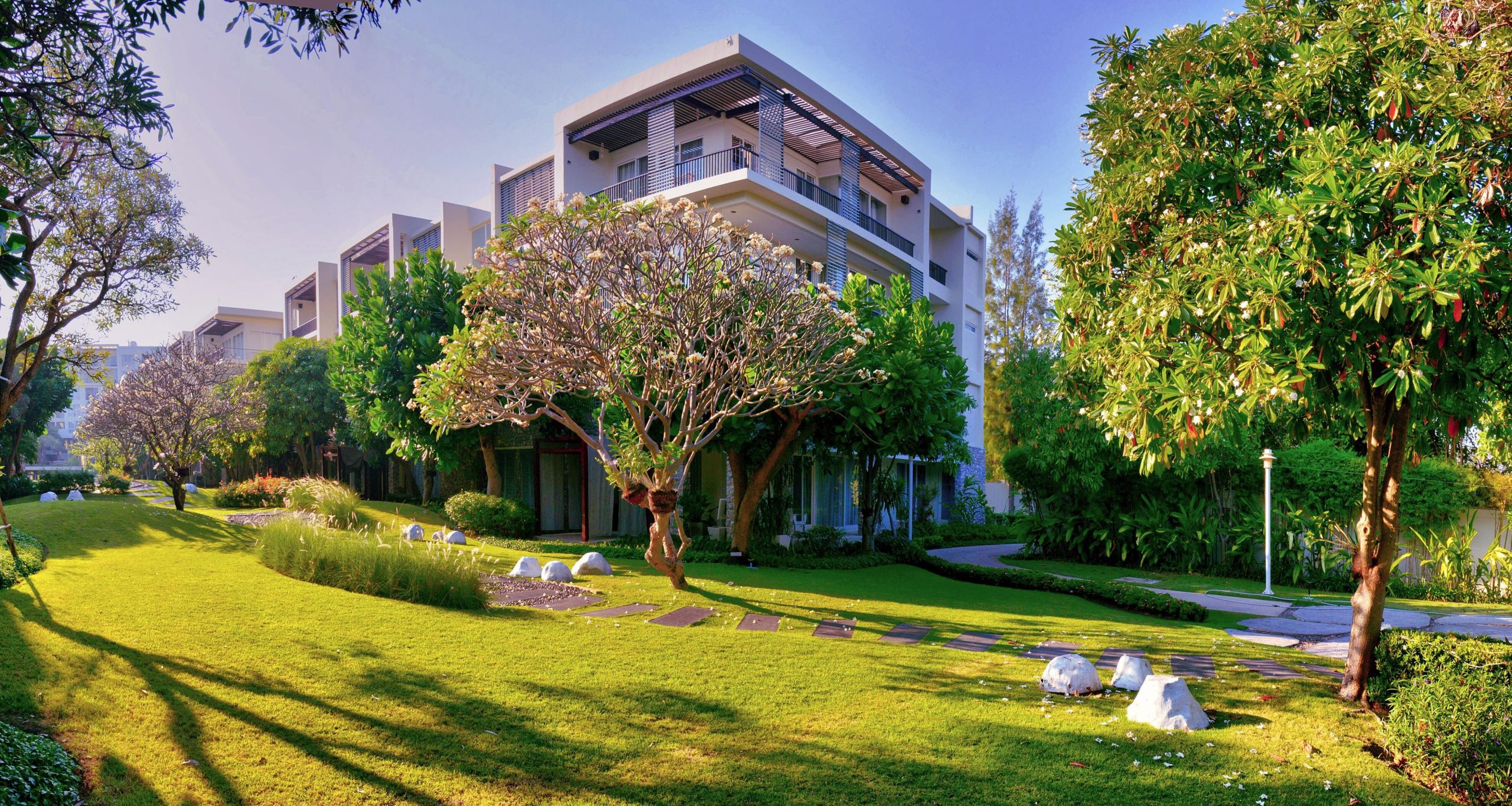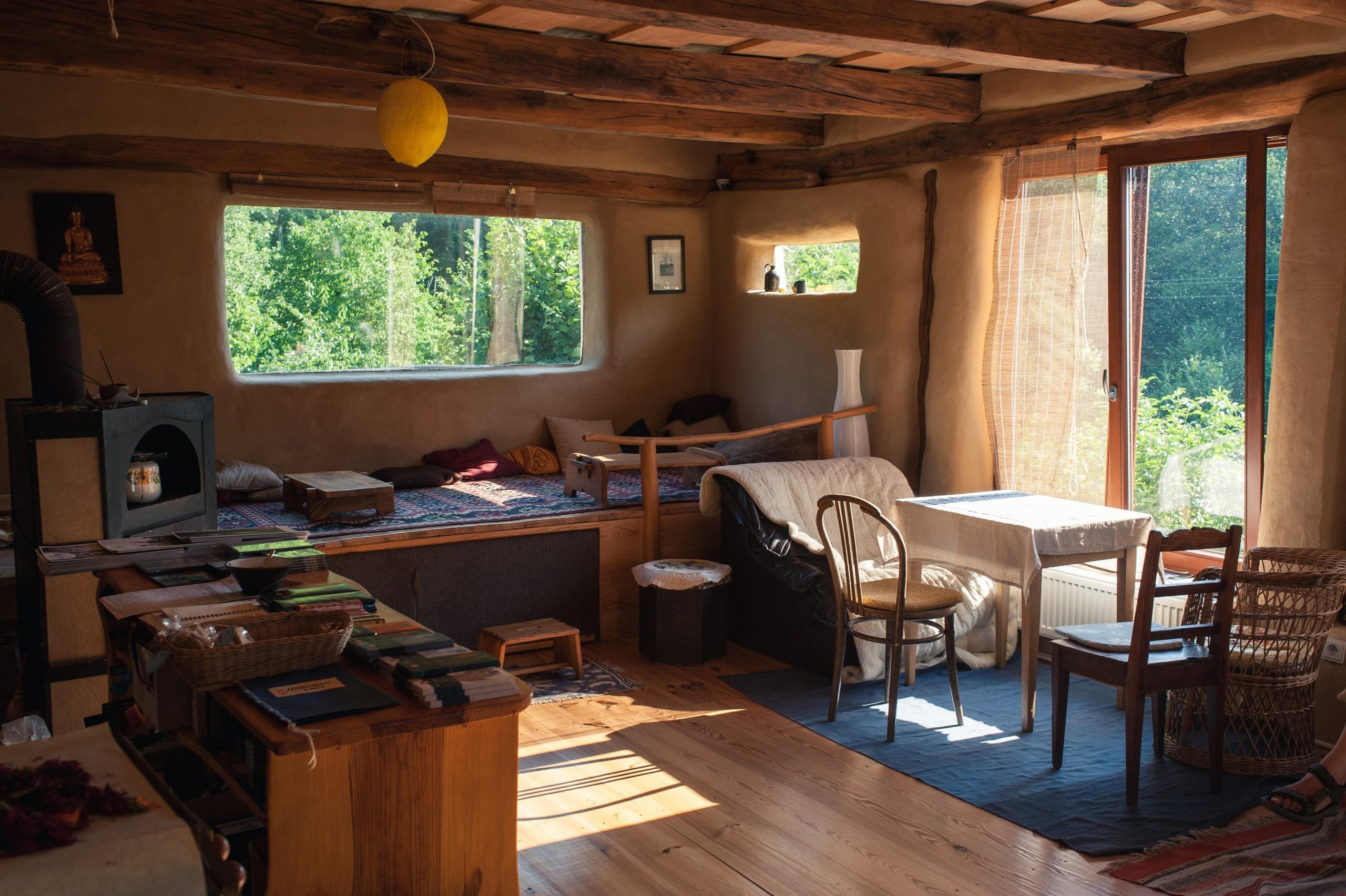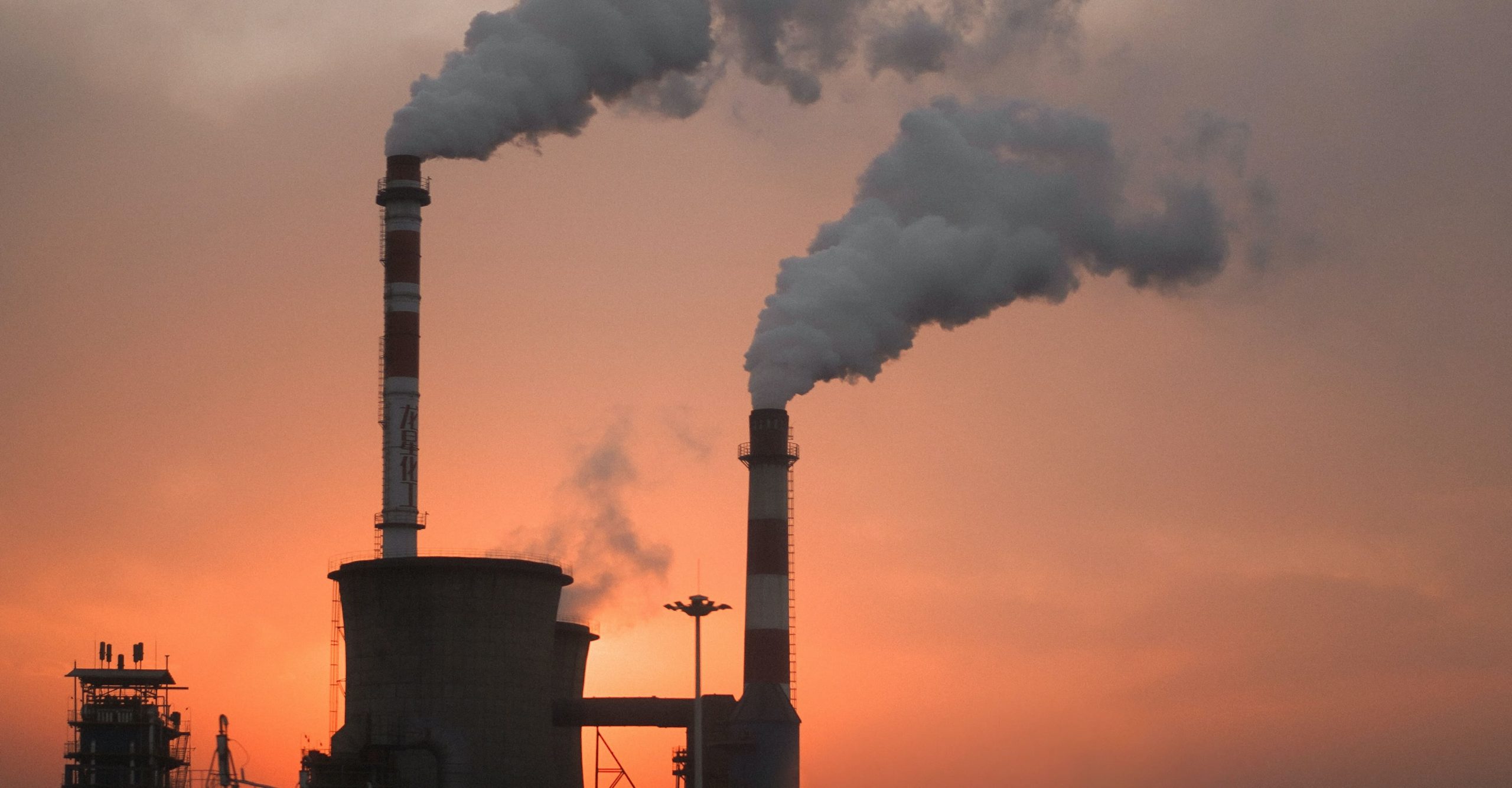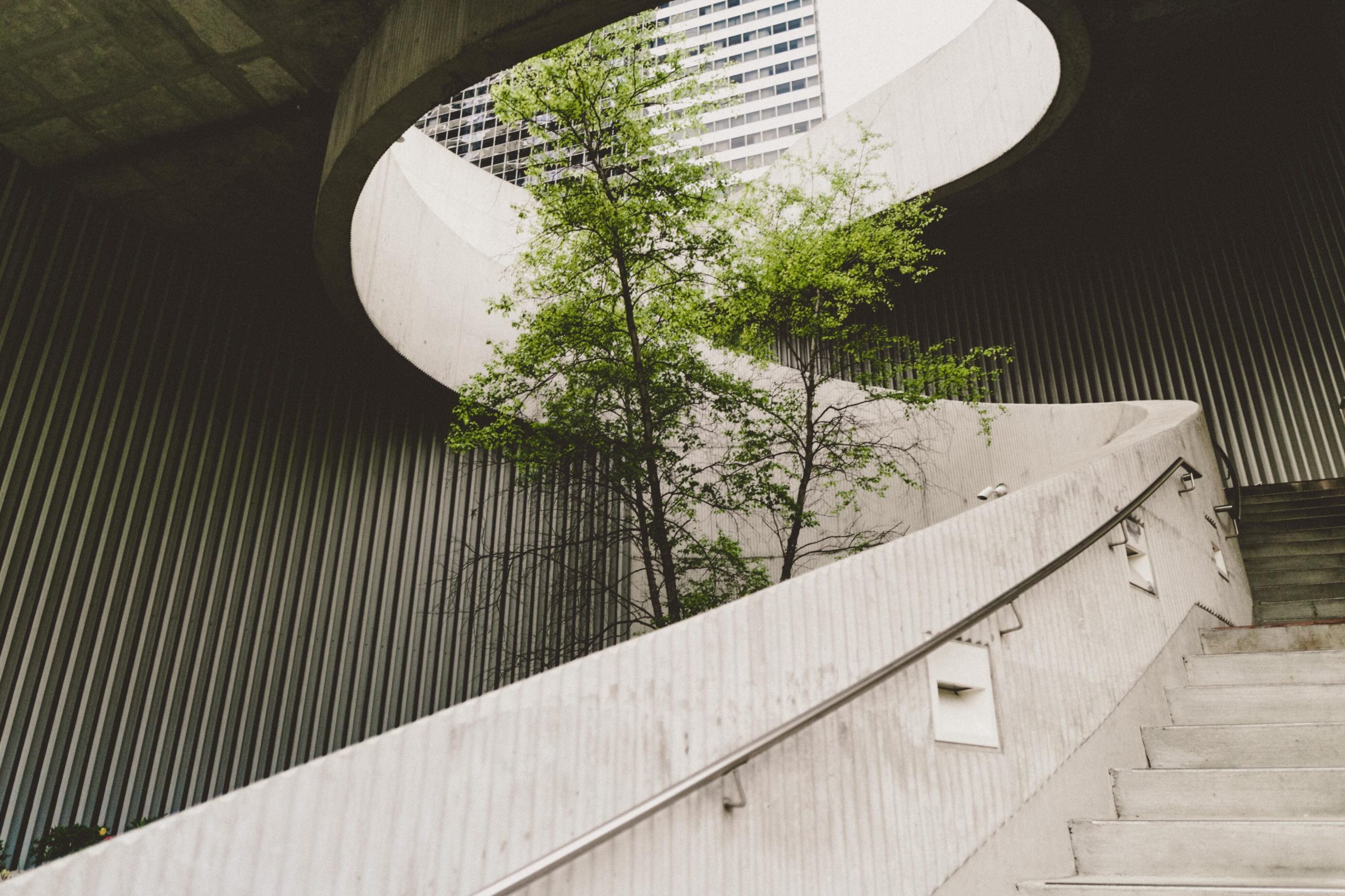The construction industry has a significant impact on the world’s carbon emissions, accounting for almost 40% of emissions, of which 11% is generated from the production of building materials such as steel, cement and glass. After 2 years of the Covid – 19 pandemic that changed our lives and the indisputable evidence of climate change, CO2 emissions are still increasing, reaching an all-time high in 2020 according to the Global Status Report 2020 for Buildings and Construction. Although many technological advances have been applied through the application of recycled and green materials in the construction process. However, there is still a long way to go before carbon emissions can be reduced to a minimum or near zero.
Under the above impacts, it is required that each country’s government has specific standards to limit carbon emissions generated by the construction industry, thereby ensuring a “green” and sustainable environment for the citizen. Therefore, the “Net-zero” standard is considered as one of the most effective solutions to this problem.

1. What is Net – Zero?
By definition, “Net – zero” is not increasing the total amount of greenhouse gases released into the atmosphere or is also understood as reducing carbon emissions to zero from production, design or construction. The state achieved by using materials that reduce greenhouse gas emissions, or using methods that consume or absorb all CO2 emitted during construction and construction, in addition to the energy used, will include: includes what is emitted by materials. Although Net-Zero buildings represent only a tiny fraction of buildings, architects with tools, technology or knowledge, are still trying to turn them into the new normal.
Read more: Toward low-carbon urban development

2. Basic features of Net – Zero style.
For a building to be called “Net – zero”, they need to have 6 essential features including Net-Zero Energy, Net-Zero Carbon, Carbon and fossil fuel emissions, sustainability, passive design , adaptive reuse.
2.1 Net – Zero Energy (NZE).
Net-Zero Energy is an energy-balanced building, energy is generated and used to operate during its operation. Net-Zero Energy-compliant buildings are typically designed with the following three requirements:
- Energy consumption is balanced with the level of self-generated energy from renewable energy devices (solar panels, wind turbines…).
- Use renewable energy through self-production and reduce the use of fossil energy and coal power.
- Maximize energy reduction through optimized designs.

Net-Zero Energy feature does not depend entirely on the efficient operation of the building or not, but on reducing the consumption of common types of energy today (grid electricity, gas, batteries, …) and later that uses renewable energy instead. This is especially difficult when designing a standard apartment or commercial center today, because the buildings themselves consume a lot of energy. There are very few such buildings in the world. Not only electricity problems, there are other problems such as gas, hot water, heat, etc.
2.2 Net – Zero Carbon (NZC).

Net-Zero Carbon is achieved through minimizing construction methods and building materials that have the potential to generate large carbon emissions. Simply put, Net-Zero Carbon = Total emissions – Total emissions avoided after optimization. Reducing carbon emissions from construction through the selection of materials and construction methods. This way can often reduce gas emissions during operation, which in itself affects the mental and physical health of the owner.
2.3 Carbon Emissions & Fossil Fuels.
Carbon emissions, or greenhouse gas emissions, are emissions generated during the production of building materials, especially cement production and fossil fuel combustion. Fossil fuels (coal, natural gas, crude oil and petroleum products) are fuels that contain a high content of carbon and hydrocarbons, so when burned or used they produce a large amount of fossil fuels. large CO2 emissions. Although they are derived from plants and animals, fossil fuels are often mixed in the manufacturing process with other chemical products to create more efficient substances like the way we turn petroleum into fuel.

Carbon & fossil fuel emissions are one of the main causes behind climate change, causing greenhouse effect, increasing radioactive force, contributing to global warming, making the average surface temperature The surface of the Earth increases. It is estimated that nearly 80% of greenhouse gas emissions originate from the combustion of fossil fuels, with the construction industry one of the main drivers of the increase in the sector’s emissions.

2.4 Sustainability
In architecture, the term “sustainability” is used in many different contexts. One of them shows the trend of green architecture, eco-architecture that cares about the environment and harmonizes with the environment by using natural, social and economic resources.

Sustainability aims to make the most of what is available in creation and the ability to reuse when the works have completed their original goals. Or simply, it can be understood that sustainability in architecture is an architectural model that is designed and developed according to the trend of being in harmony with nature, close to nature in order to preserve the balance of the environment and the ecosystem.
2.5 Passive Design
By definition, passive design in architecture is design that takes advantage of favorable climatic conditions to maintain a range of thermal comfort in the home. The passive design will reduce or eliminate the need for cooling or heating, thereby reducing energy consumption and reducing C02 emissions over the life of the building.

A passive solar system is a passive design that relies on the heat of the Sun to regulate electricity, heat, light, and hot water in the home without artificial cooling or heating. In addition, some other natural methods can be mentioned such as wind, water, or geothermal, …
2.6 Adaptive reuse
Adaptive reuse is a way to save a forgotten building that could be demolished. Reuse offers many benefits to the environment by conserving natural resources and minimizing the need for new materials. Currently, with the mass appearance of high-rise buildings, housing demand, lack of green space, etc., many environmental and social problems have arisen. One of the ways to deal with this is to reuse old buildings, add new accents and create necessary functions suitable for modern life instead of choosing to destroy and recycle. completely cause a large amount of carbon emissions.

Adaptive reuse manifests itself in many forms such as reusing materials, renovating old architectural works or changing the original function of space, etc.
Source: Designs.vn


Recent Comments